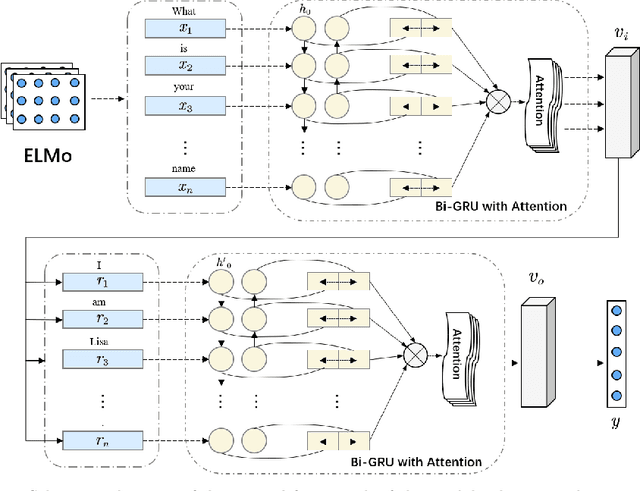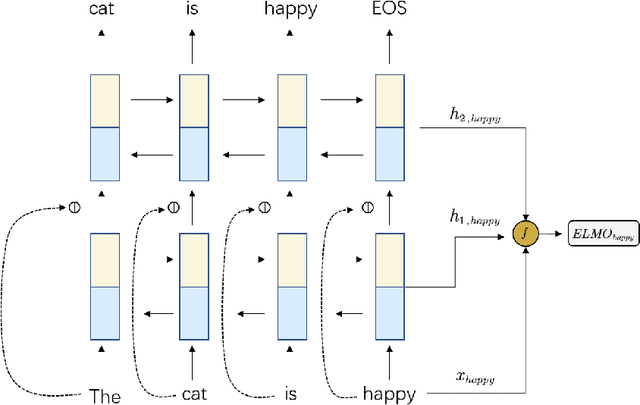Dun Li
IBoxCLA: Towards Robust Box-supervised Segmentation of Polyp via Improved Box-dice and Contrastive Latent-anchors
Oct 14, 2023



Abstract:Box-supervised polyp segmentation attracts increasing attention for its cost-effective potential. Existing solutions often rely on learning-free methods or pretrained models to laboriously generate pseudo masks, triggering Dice constraint subsequently. In this paper, we found that a model guided by the simplest box-filled masks can accurately predict polyp locations/sizes, but suffers from shape collapsing. In response, we propose two innovative learning fashions, Improved Box-dice (IBox) and Contrastive Latent-Anchors (CLA), and combine them to train a robust box-supervised model IBoxCLA. The core idea behind IBoxCLA is to decouple the learning of location/size and shape, allowing for focused constraints on each of them. Specifically, IBox transforms the segmentation map into a proxy map using shape decoupling and confusion-region swapping sequentially. Within the proxy map, shapes are disentangled, while locations/sizes are encoded as box-like responses. By constraining the proxy map instead of the raw prediction, the box-filled mask can well supervise IBoxCLA without misleading its shape learning. Furthermore, CLA contributes to shape learning by generating two types of latent anchors, which are learned and updated using momentum and segmented polyps to steadily represent polyp and background features. The latent anchors facilitate IBoxCLA to capture discriminative features within and outside boxes in a contrastive manner, yielding clearer boundaries. We benchmark IBoxCLA on five public polyp datasets. The experimental results demonstrate the competitive performance of IBoxCLA compared to recent fully-supervised polyp segmentation methods, and its superiority over other box-supervised state-of-the-arts with a relative increase of overall mDice and mIoU by at least 6.5% and 7.5%, respectively.
Bidirectional Semi-supervised Dual-branch CNN for Robust 3D Reconstruction of Stereo Endoscopic Images via Adaptive Cross and Parallel Supervisions
Oct 19, 2022



Abstract:Semi-supervised learning via teacher-student network can train a model effectively on a few labeled samples. It enables a student model to distill knowledge from the teacher's predictions of extra unlabeled data. However, such knowledge flow is typically unidirectional, having the performance vulnerable to the quality of teacher model. In this paper, we seek to robust 3D reconstruction of stereo endoscopic images by proposing a novel fashion of bidirectional learning between two learners, each of which can play both roles of teacher and student concurrently. Specifically, we introduce two self-supervisions, i.e., Adaptive Cross Supervision (ACS) and Adaptive Parallel Supervision (APS), to learn a dual-branch convolutional neural network. The two branches predict two different disparity probability distributions for the same position, and output their expectations as disparity values. The learned knowledge flows across branches along two directions: a cross direction (disparity guides distribution in ACS) and a parallel direction (disparity guides disparity in APS). Moreover, each branch also learns confidences to dynamically refine its provided supervisions. In ACS, the predicted disparity is softened into a unimodal distribution, and the lower the confidence, the smoother the distribution. In APS, the incorrect predictions are suppressed by lowering the weights of those with low confidence. With the adaptive bidirectional learning, the two branches enjoy well-tuned supervisions from each other, and eventually converge on a consistent and more accurate disparity estimation. The extensive and comprehensive experimental results on three public datasets demonstrate our superior performance over the fully-supervised and semi-supervised state-of-the-arts with a decrease of averaged disparity error by 13.95% and 3.90% at least, respectively.
A Reinforcement Learning-based Offensive semantics Censorship System for Chatbots
Jul 13, 2022



Abstract:The rapid development of artificial intelligence (AI) technology has enabled large-scale AI applications to land in the market and practice. However, while AI technology has brought many conveniences to people in the productization process, it has also exposed many security issues. Especially, attacks against online learning vulnerabilities of chatbots occur frequently. Therefore, this paper proposes a semantics censorship chatbot system based on reinforcement learning, which is mainly composed of two parts: the Offensive semantics censorship model and the semantics purification model. Offensive semantics review can combine the context of user input sentences to detect the rapid evolution of Offensive semantics and respond to Offensive semantics responses. The semantics purification model For the case of chatting robot models, it has been contaminated by large numbers of offensive semantics, by strengthening the offensive reply learned by the learning algorithm, rather than rolling back to the early versions. In addition, by integrating a once-through learning approach, the speed of semantics purification is accelerated while reducing the impact on the quality of replies. The experimental results show that our proposed approach reduces the probability of the chat model generating offensive replies and that the integration of the few-shot learning algorithm improves the training speed rapidly while effectively slowing down the decline in BLEU values.
 Add to Chrome
Add to Chrome Add to Firefox
Add to Firefox Add to Edge
Add to Edge